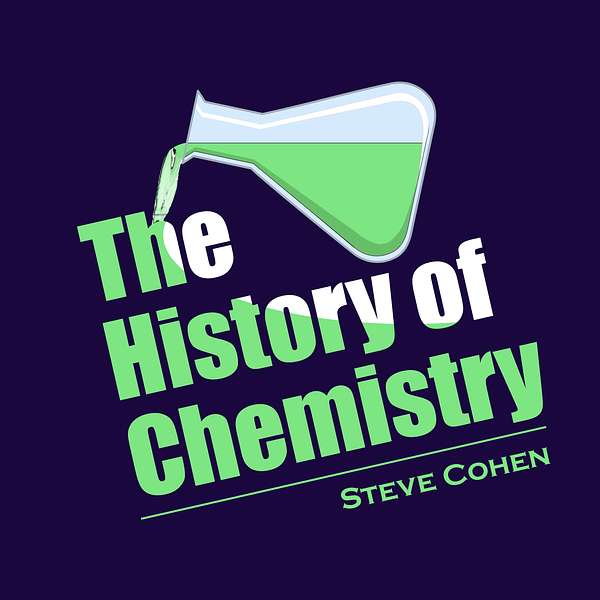
The History of Chemistry
Chemistry is everywhere, and involves everything. But how did chemistry get to be what it is? I'm Steve Cohen, a chemist and writer, bringing you The History of Chemistry. This podcast explores the development of chemistry from prehistoric times to the present, including the people and societies who made chemistry what it is today. The History of Chemistry is for you, whether you hated chemistry in high school, or got a PhD in inorganic chemistry. We'll explore how chemistry affected art, music, language, politics and vice-versa. Whether it's ancient Greek philosophers, medieval alchemists, or modern laboratory apparatus, it's all here. Don't forget to support my series at https://www.patreon.com/thehistoryofchemistry !
The History of Chemistry
91: In the Air Tonight
•
Steve Cohen
•
Episode 91
Atmospheric environmental chemistry in the 1980s is today's topic. First is Jonathan Shanklin and his discovery of the ozone hole, which led in a very short time to the Montreal Protocol, perhaps the most successful international treaty ever. Second we hear about Guy Callendar's and Charles Keeling's research showing how carbon dioxide we put into the atmosphere causes global warming--and how major petrochemical companies lied and gaslit the public in the 1980s about it.
- Support my podcast at https://www.patreon.com/thehistoryofchemistry
- Tell me how your life relates to chemistry! E-mail me at steve@historyofchem.com
- Get my book, O Mg! How Chemistry Came to Be, from World Scientific Publishing, https://www.worldscientific.com/worldscibooks/10.1142/12670#t=aboutBook